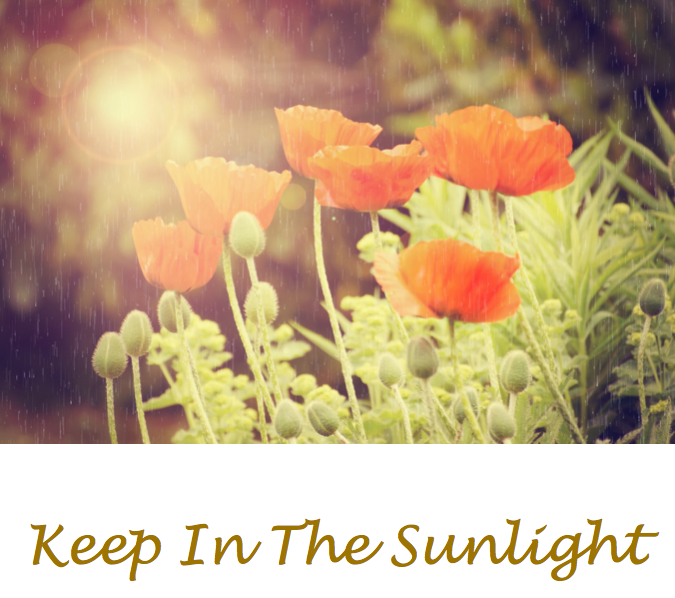
Picture books haven’t always been such a big part of my life. Sure, I remember the picture books that cropped up here and there in my young adulthood as ones with “bigger” messages for adults too —Oh, the Places You’ll Go, Hope for the Flowers, etc.– but even though children’s chapter books have been a love of mine throughout my life, I didn’t give picture books the place they deserved on my shelf until having children. Here’s the thing: Without mentioning specific ones, there are some REALLY not-so-great picture books. There was a time when I thought picture books were somewhat interchangeable–that reading was the important part, but that these “temporary” books were just for babies and young kids.
Wow, was I wrong. There are SO many gorgeous children’s books! Beautiful stories and illustrations that I’m proud to have on our shelves and have no intention of downsizing when my kids are older. My oldest is at the stage where reading chapter books at bedtime has been the norm for awhile. And her younger brother is actually quite engaged by read-aloud chapter books as well. But I still make a conscious choice to pause between chapter books every once in awhile and make sure we’re getting a good dose of picture books too. Not that we don’t read these during the day, but I think it’s important to give them that sacred, snuggle-in-bed place as well.
Picture books beg to be read out loud, regardless of age. I love listening to my husband read to the kids or hear Story Time librarians read to their circles of young library visitors. Picture books lend themselves well to rhythm and humor and Life messages cleverly hidden in a concise and beautiful story. In hearing the pacing and timing of these picture books, children learn much more than if they’re left to only read on their own. Just because a child can read on their own doesn’t mean that read-alouds should be dropped. And, as much as I love the ability to imagine the scenes of a chapter book, the illustrations of a really great picture book provide so much to the story and its readers. I’ve often heard that writing picture books is far more challenging than writing other books. To be able to tell your story and share your message in such a limited space? It makes sense. And the vocabulary? I once tried to re-learn Spanish by checking out Spanish picture books from the library. Even with the aid of a fluent speaker, we couldn’t make out many of the words. Picture books–good ones– are rich in beautiful, new words.
When I worked at a school library, I used to cringe that students seemed to only be reading for “points” in their reward system. They’d aim for longer and longer books that held more points for them. It saddened me to see so many wonderful, shorter, “simpler” books go ignored. Another thing I’d hear in my time working at schools was teachers telling students that a book was “below their level” and they had to read something else. How can we expect to foster a love of reading when we can’t let children read what they would like? I almost exclusively read children’s or young adult –or PICTURE!– books; this doesn’t mean I can’t read anything beyond these. But these are the stories that grab me, that entertain me, that bring me joy and tears and a desire to read more.
Picture books – the good ones- are powerful and beautiful. They aren’t just for the non-readers or early readers. Those who don’t know this yet haven’t had the pleasure of a really great picture book. I’m tired of the competitiveness of our society. Children, and (let’s face it, mostly) parents, want bragging rights. Having a child read long books at a young age has become some sort of strange milestone to boast about on social media. Reading long books at a young age that a child can’t relate to yet sounds empty. Connecting to a book (no matter the length or level), growing a love of reading and books (yes, even wordless ones!), being able to appreciate the subtleties of language and illustrations– THAT to me is the foundation for a reader. We, as a society, need to discover and embrace the precious picture books that authors and illustrators have gifted us. Not just for our children, but for all of us.
“With the popularity of e-books and DVDs and the push toward early chapter books, then the still-thicker books that follow, we may not realize that traditional picture books are endangered. They are. Publishers won’t keep publishing what there’s no market for. Which means that what picture books offer children–something they get no other way–is endangered, too.” – Mary Lyn Ray
See this article by Mary Lyn Ray








